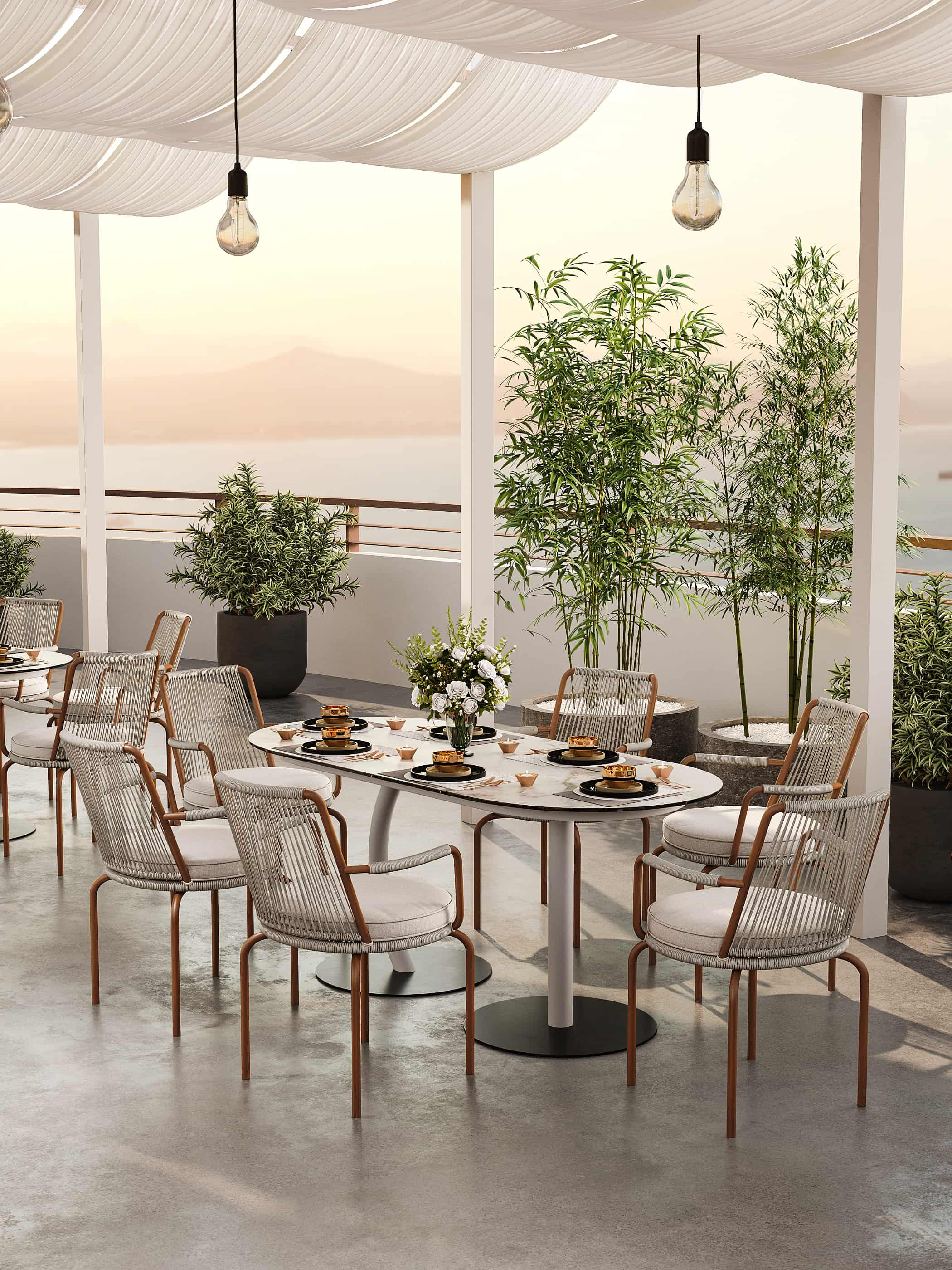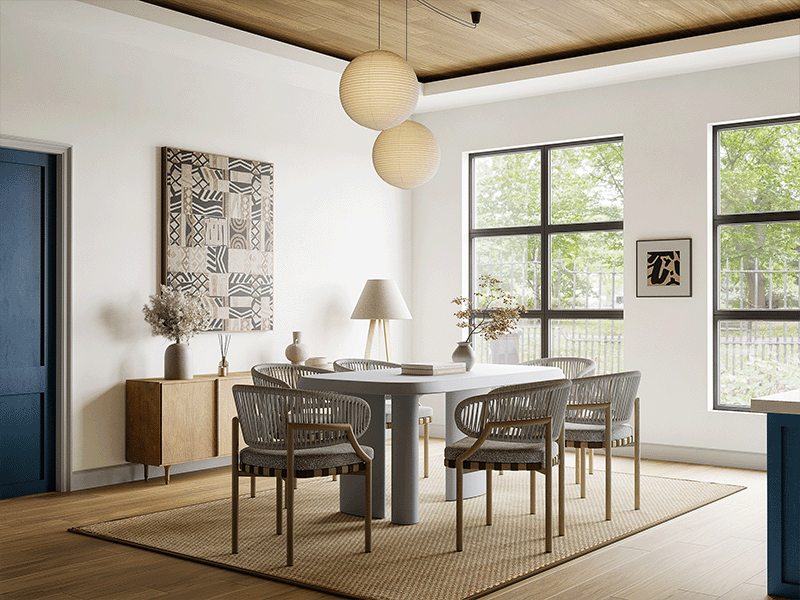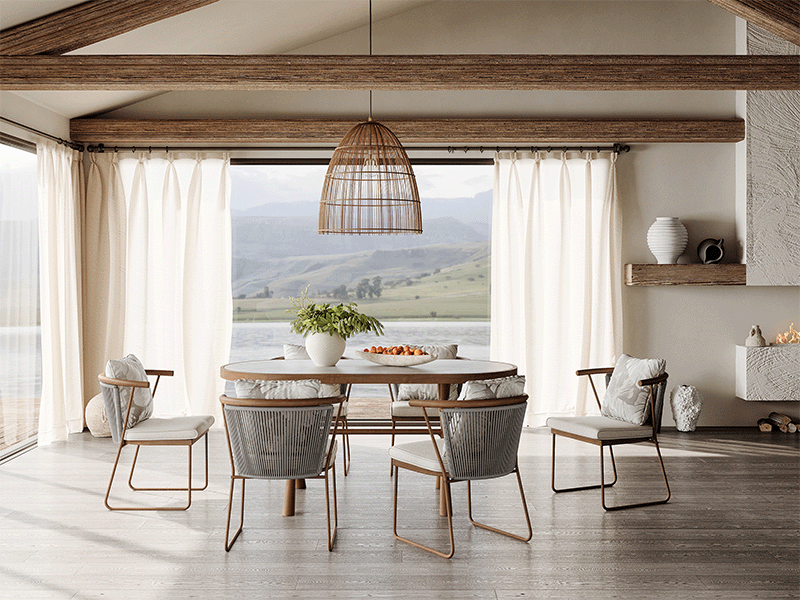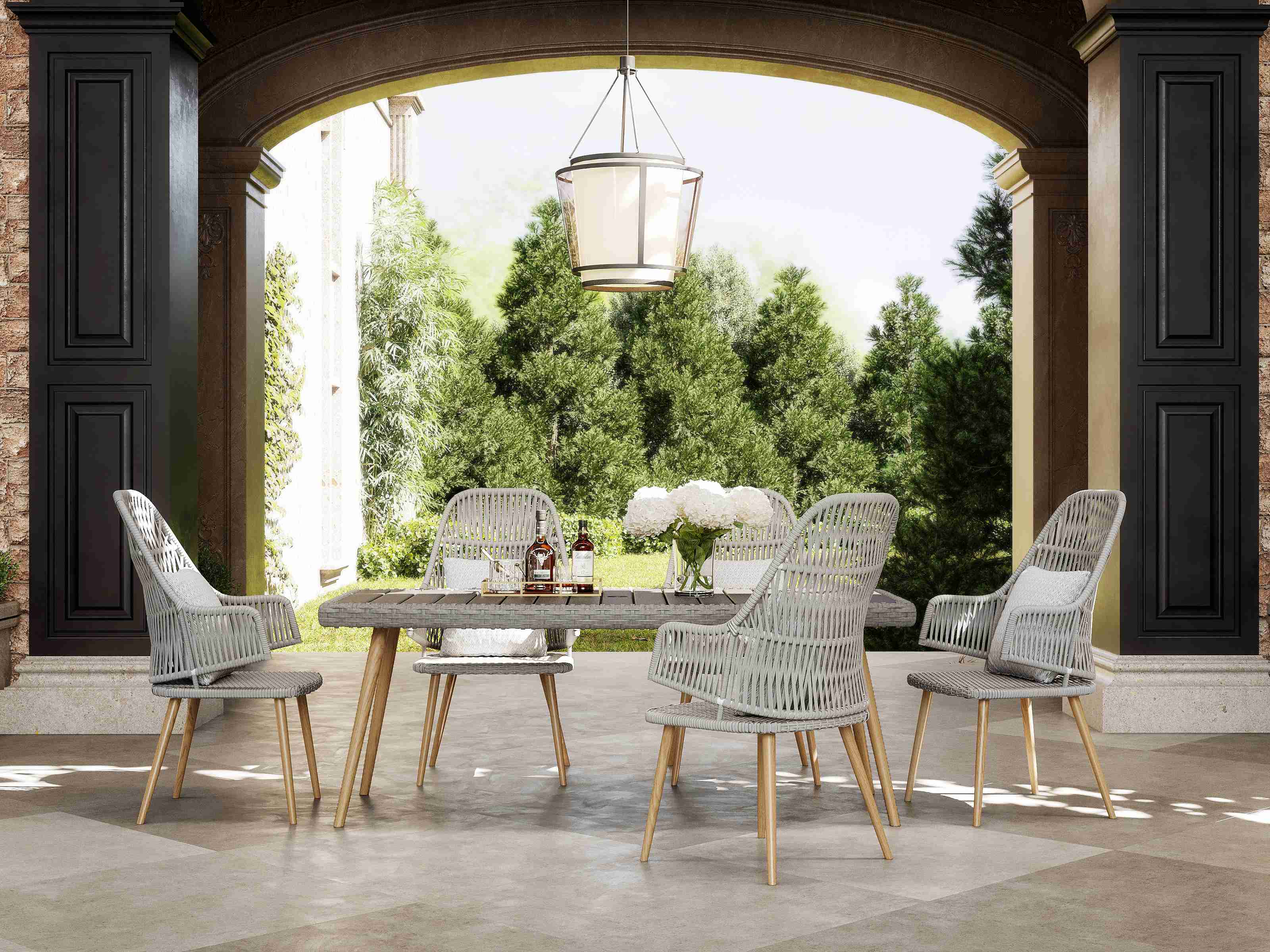How Do I Choose A Dining Room Table?

Choosing the perfect dining room table is a crucial decision for any homeowner. It's not just about aesthetics; it's about functionality, comfort, and creating a space where memories are made. Whether you're furnishing a new home or updating your existing dining area, selecting the right table can be overwhelming with the numerous options available. Here's a comprehensive guide to help you navigate through the process and find the ideal dining table for your home.
1. Measure Your Space
Before you start browsing for tables, it's essential to measure your dining area accurately. This includes not just the length and width of the room but also the space needed around the table for comfortable movement. A general rule is to leave at least 3 feet of clearance on each side of the table to ensure easy navigation and to pull out chairs without feeling cramped.
Measuring Tips:
- Measure the room's dimensions to determine the maximum size of the table that can fit comfortably.
- Ensure there's enough space between the table and any adjacent furniture, such as sideboards or buffets.
- Consider the path the table will take to get into your dining area. Ensure it can fit through doorways and hallways without issues.
2. Determine the Table's Purpose
Understanding how you plan to use your dining table is crucial. Will it be for everyday meals, formal dinner parties, or perhaps as a multi-functional space for work or children's projects? This will help you decide on the size, material, and style of the table.
Considerations:
Frequency of Use: If the table will be used daily, durability and practicality are key.
Formal vs. Casual: Formal tables often require more upkeep and may feature more elegant materials.
Multi-Functional Use: If the table will double as a workspace, consider a durable material that can withstand scratches and spills.
3. Choose the Right Shape
Dining tables come in various shapes, each suited for different spaces and needs.
Rectangular Tables: These are the most common shape and offer ample seating, making them ideal for large gatherings. They provide a linear layout that allows for easy traffic flow and can accommodate bench seating.
Round Tables: Round tables promote conversation and intimacy, as everyone can see each other. They are excellent for small spaces, as they take up less floor space compared to square or rectangular tables.
Square Tables: Square tables are perfect for small, square rooms, creating a cohesive look. They offer an intimate dining experience, with everyone seated close together.
Oval Tables: Oval tables combine the benefits of round and rectangular tables, offering more seating while maintaining a sense of intimacy.
4. Select the Right Material
The material of your dining table should reflect your lifestyle, budget, and aesthetic preferences.
Wood: Wood tables are classic, durable, and can add warmth to a room. They come in various styles and finishes, making them versatile for different decor.
Glass: Glass tables are modern, elegant, and easy to clean. They can make a room appear larger.
Metal: Metal tables are sturdy, stain-resistant, and perfect for industrial or contemporary styles.
Stone (Marble, Granite, etc.): Stone tables are durable and elegant, offering a luxurious feel.
5. Consider the Style and Design
Your dining table should complement the overall aesthetic of your home. Here are some popular styles to consider:
Farmhouse: Distressed wood, rustic feel, often seats a large number of people. Suitable for large, open spaces with a rustic or country theme.
Shaker: Minimalist design, clean lines, emphasizes functionality. Suitable for traditional or modern homes where simplicity is preferred.
Mid-Century Modern: Retro aesthetic, tapered legs, organic shapes. Suitable for homes with a vintage flair or those looking to add a nostalgic touch.
French Country: Distressed finishes, ornate details, elegant charm. Suitable for homes with a classic, provincial decor.
6. Think About the Base and Legs
The base and legs of your dining table can significantly impact its overall look and functionality.
Leg Tables: Common and versatile, offering ample legroom for diners.
Pedestal Tables: Ideal for smaller spaces, as they provide unobstructed legroom.
7. Extension Options
If you frequently host gatherings but have limited space, consider an extendable table. These tables can be compact for daily use and expanded when needed.
8. Budget Considerations
Your budget will play a significant role in narrowing down your options. High-quality materials like solid wood or stone may be more expensive, but they offer durability and longevity.
Conclusion
Choosing the perfect dining room table is a personal and practical decision that requires careful consideration of your space, lifestyle, and aesthetic preferences. By measuring your space, determining the table's purpose, selecting the right shape and material, and considering the style and design, you can find a dining table that not only complements your home but also enhances your dining experience. Whether you're looking for a cozy round table for intimate meals or a spacious rectangular table for large gatherings, there's a dining table out there that's perfect for you.



